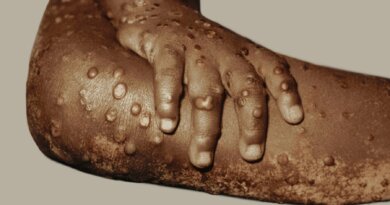ICU Lessons on COVID-19 From Italian Front Line: Be Flexible
[ad_1]
CPAP, which can be performed by nurses, can help reduce the number of patients requiring intubation and so save ICU beds for those who really need them.
A limiting factor, however, in using CPAP may become the oxygen pressure in distribution lines.
Rationing ICU Beds: “Now They Have to Choose”
These latest Italian data also indicate that ICU beds are being rationed, with patient age a commonly used criterion for selecting patients, Manca explained.
“Medical doctors swear to treat everybody independent of their age, sex, gender, religion, and so on,” he added, “but now they have to choose.”
The UK National Institute for Health and Care Excellence (NICE) published a COVID-19 rapid guideline on critical care on March 21, which emphasizes all patients be assessed using a recognized frailty score before being directed to intensive care.
Manca agreed with this approach, saying the crisis has meant each hospital in Italy is having to create its own rules for ICU admission, with the selection based on physical status now a commonly employed criterion.
The Illusion of Steady-State Admissions
Finally, Manca warned that in regions of Italy where the numbers for ICU admissions are currently low, it can appear as if the number of patients is not increasing.
But this may hide the reality of the situation.
“This is, on the one hand, very good, but it may mean that, for instance, two people died and two people came in. The number of ICU patients is the same,” he said.
“But it’s not the same because the pandemic has slowed,” but rather because “there is a steady-state condition” between the number of people admitted to ICU and those who die, with always the potential for these numbers to rapidly increase.
The data for Manca’s report were obtained from those made available by the Italian Health Ministry every evening, and his conclusions are based on numerous interviews with heads of ICUs and resuscitation units in Italy.
The report itself was reviewed by the heads of anesthesiology and resuscitation at the Carlo Besta Neurological Institute in Milan and Lodi Hospital, Lombardy, and analyzed by an intensive care clinician at San Paolo Hospital in Milan.
[ad_2]
Source link




